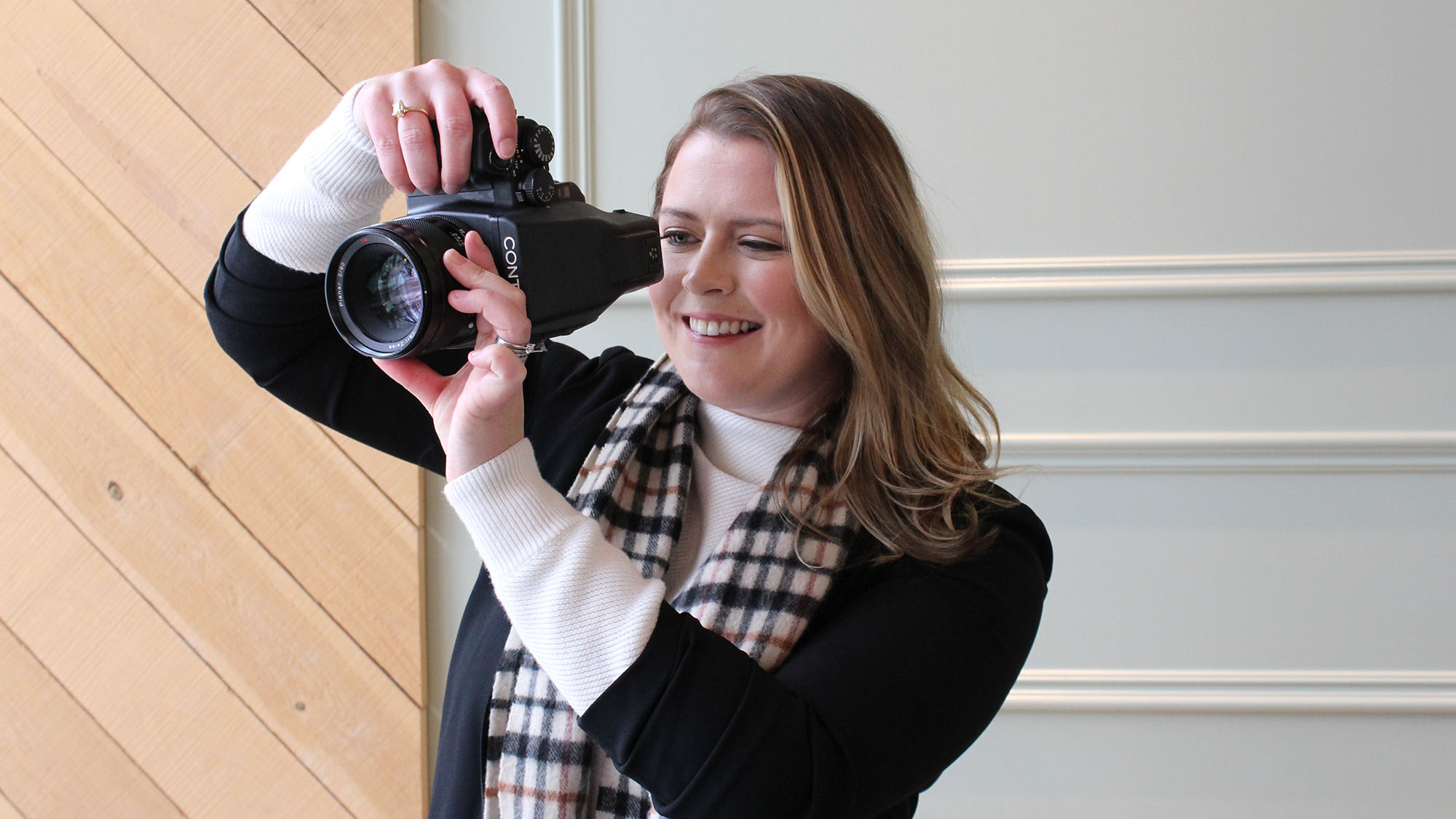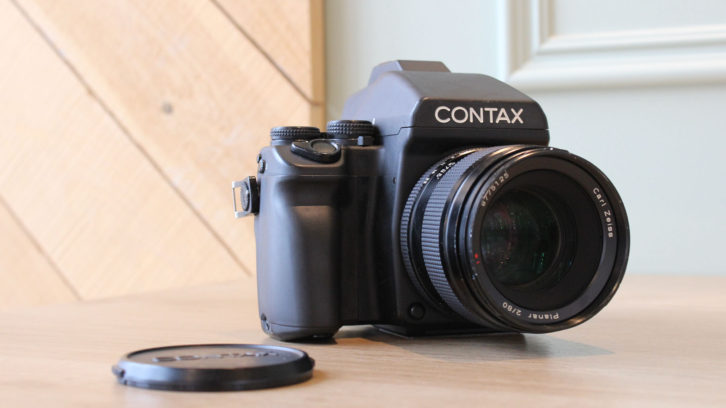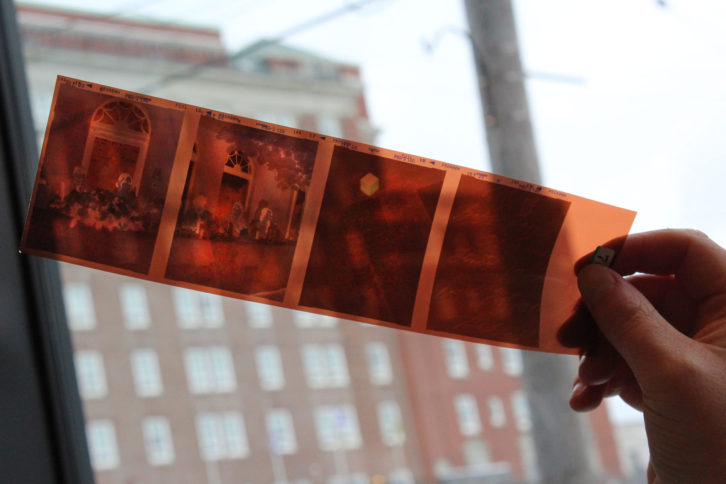Why people are returning to film photography in Halifax and beyond
Jacqueline Whitton's love of the flash from the past

caption
Jacqueline Whitton with her Contax 645 film camera.From vinyl records to mom jeans, people are embracing the past.
That includes a resurgence in film photography.
In January, film seller Kodak Alaris had to increase its film prices to keep up with demand. Last year, Iford Photo said respondents to their global film photography community survey jumped from 2,100 people in 2014 to 6,800 in 2018.
Jacqueline Whitton, a member of Halifax’s film photography community, believes the rise in popularity of this old school way of doing photography has a lot to do with social media.
“Just by showcasing film photography more and more through these social media channels, people are starting to understand it more,” Whitton said in an interview.

caption
A close-up of Whitton’s Contax 645 film camera.Whitton is the creator and sole employee of Jacqueline Anne Photography, an international fine art wedding photography business based out of Halifax.
When she takes photos for a wedding, she aims to shoot 80 per cent on film and 20 per cent digitally.
“Until the light disappears, I’m on film,” said Whitton, meaning nighttime events are often done digitally.
Whitton said she loves the way film captures skin tones, colours and highlight retention. She also believes film allows her to be more present and attentive with both her photos and her clients.
“I love to be able to connect to my subjects. Shooting film means that I am not constantly distracted by looking at the back of my camera and adjusting my settings,” Whitton said.
When Caitlin MacKeigan came home to Halifax during Christmas from Victoria, B.C., she hired Whitton to take her engagement photos. She also plans to have her take her wedding photos. When looking for a photographer, MacKeigan thought it was really interesting that Whitton shoots in film.
“All of her photos end up having this kind of texture to them and they are more intentional,” said MacKeigan.
Whitton started photography when her now-husband gave her an old film camera he got when he was a young teenager.

caption
Negatives from Whitton’s photography.“(The camera) sat in the back of a cupboard for a while and it wasn’t until I was going to Italy that this camera was produced, and it was like, ‘take this with you, see what you can do,’” said Whitton.
Whitton is originally from Edinburgh, Scotland, but moved to Italy for two years to attend university. Not far from her where she was staying in Italy, there was a little Kodak store where she could buy film and develop it.
After shooting a roll she would get her negatives back and be off again, learning more and more each time.
“Being forced to see your photographs in a slightly different way, and touch and feel them and have that, just enjoying that process,” said Whitton.
She believes this hands-on method is another part of film photography’s appeal.
“They are using a medium and a method that has been around for hundreds of years, and there is something very nostalgic about that,” she said.
About the author
Olivia Malley
Hailing from Dartmouth Nova Scotia, Olivia is a journalist passionate about the HRM. Outside of reporting she enjoys singing in King's a capella...
